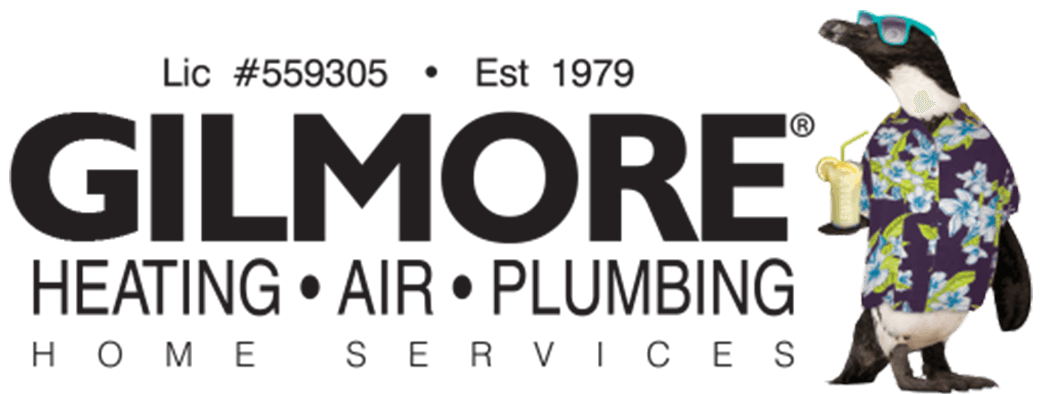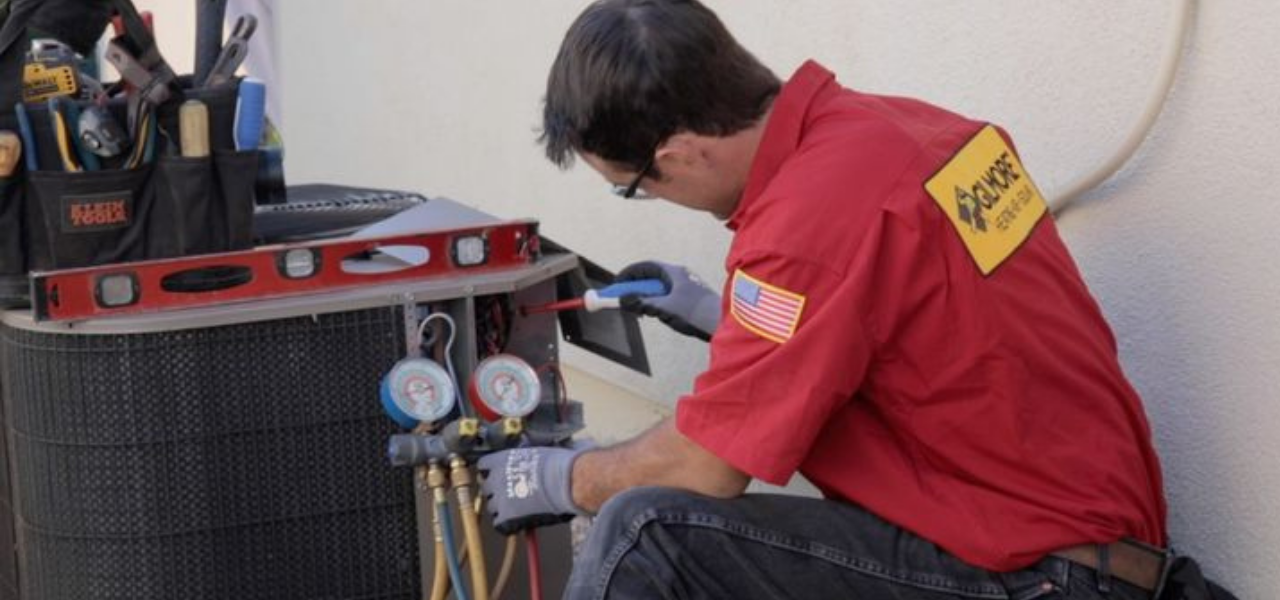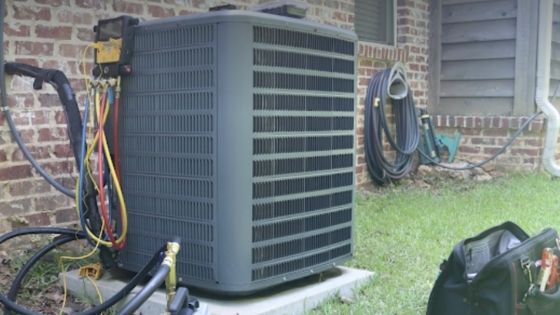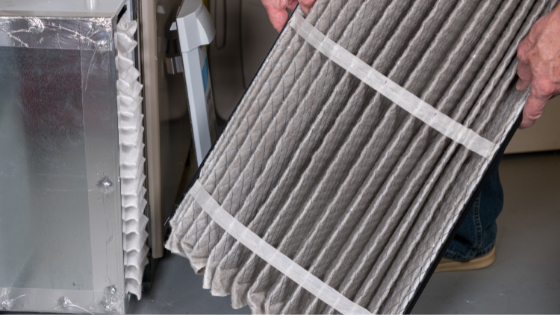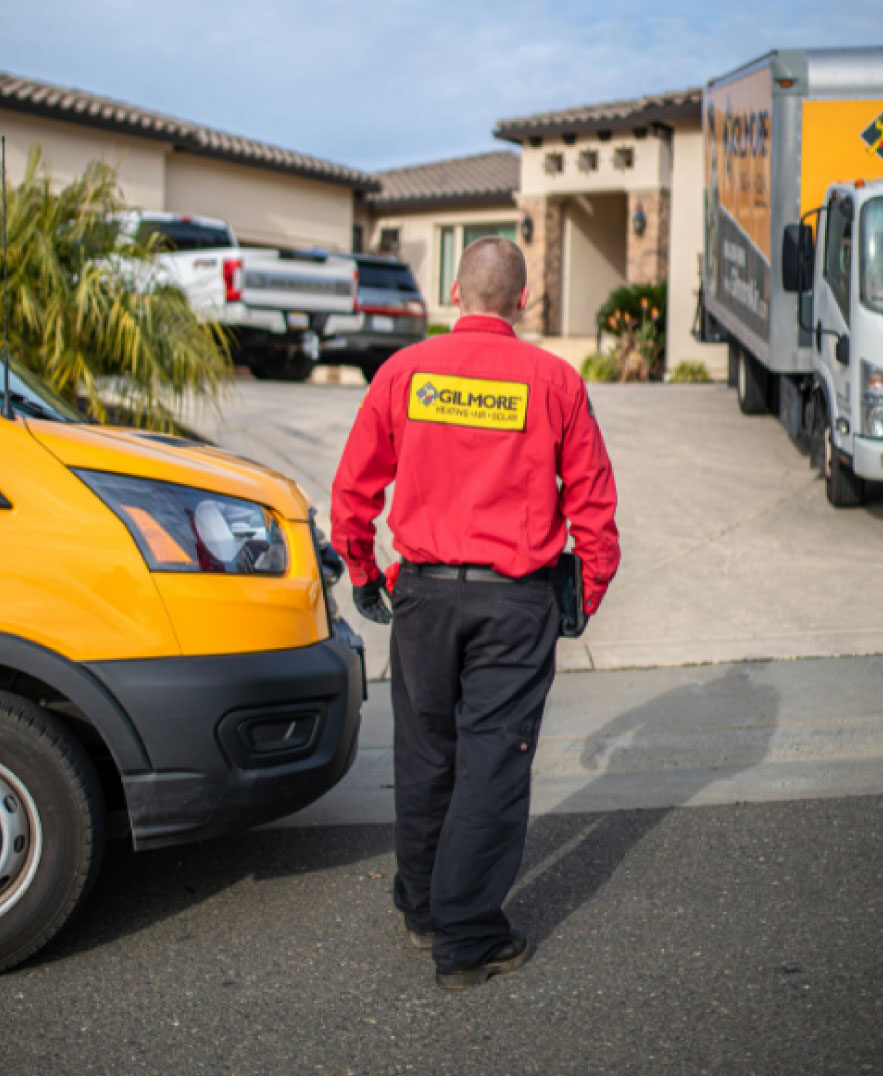
Live in Downtown Sacramento? Here’s why your AC is leaking
Water around your HVAC unit in the middle of a Sacramento heatwave? That’s more than a seasonal nuisance; it’s often a warning sign of an underlying problem. It’s a sign that something may be wrong. Local homeowners often see temperatures reach the high 90s, and air conditioners run nearly nonstop.
